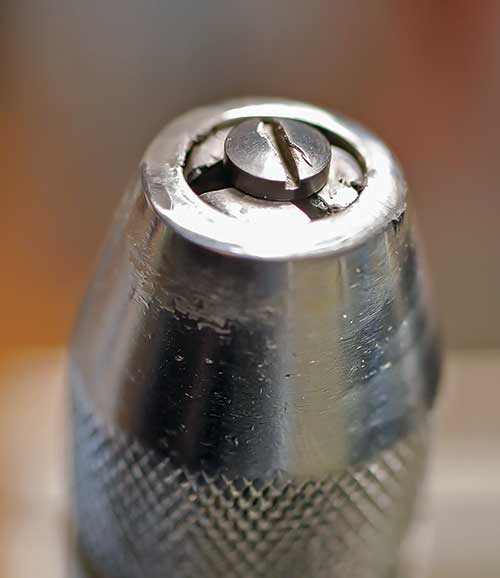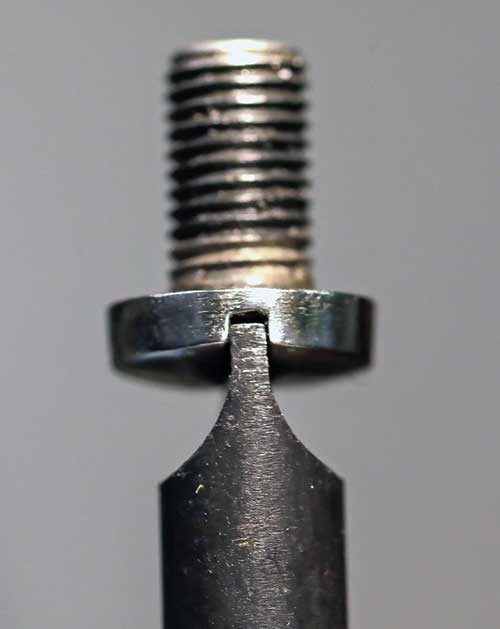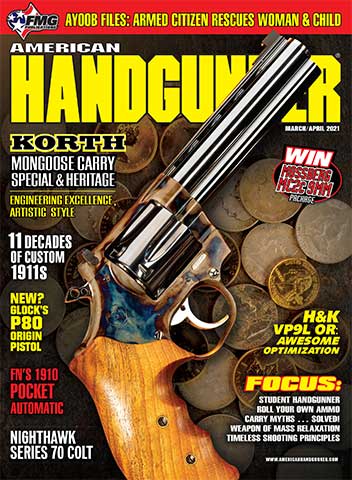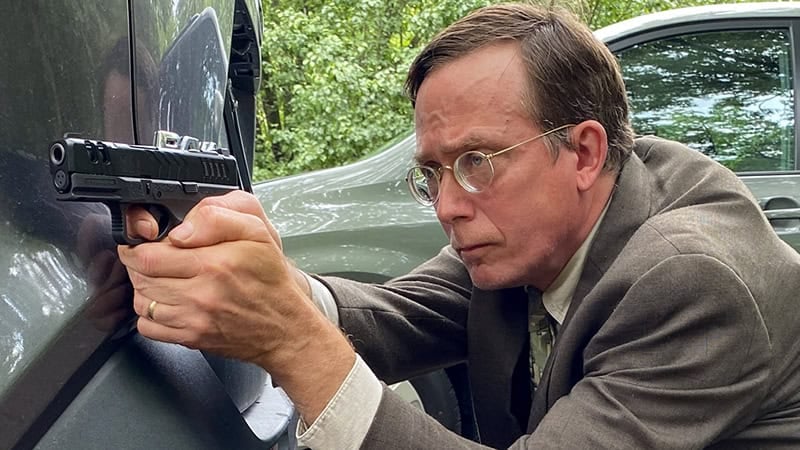Proper Gear … And Patience
I get many collectible guns in the shop for maintenance, which sometimes means taking them apart for the first time — ever. I first match the screw slot to the right screwdriver. Make sure you have a variety of screwdriver sizes on hand. I make sure the slot is clean using a toothpick or small pointed metal probe. Then with the best fitting driver I apply a slow turn. Too fast and the blade could slip. If the screw comes out, all is good. If not, I apply a little heat. Lots of screws get stuck from light rust or old oil that has solidified over the years. Or a new screw might have been glued in place. I first try a wood burning iron to apply heat directly to the head of the screw. If that doesn’t work, I move to my small butane torch and heat the head plus surrounding area, turning the screw while it is still hot.
I use three commercially available screwdriver sets: Forster, Brownells and Chapman. The Chapman set is great for the range or home gunsmith. It has a number of interchangeable bits with a single handle. The bits range from flathead to Phillips and hex keys in a lot of sizes. Each one is numbered for easy replacement. I’ve broken a few of the blades and rounded a few of the hex drivers over the years, but replacement bits are only $1.50 each. The Brownells “Magna Tip” system is larger, with a few choices for handles. It offers some gunsmith specific blades like a 1911 grip bushing bit and specific tips for unique screws. Brownells offers the mother lode of variety with hundreds of tips and handles. I find myself using the Forster set most often. They’re single blade drivers with hardened tips. The shafts are long enough to allow me to see the screw I’m working on. Even the smallest blade has never slipped or bent under pressure. Drivers are numbered and Forster offers a chart on the web showing which specific screwdriver is used for specific screws on many firearms. All three manufacturers make them in the USA.








